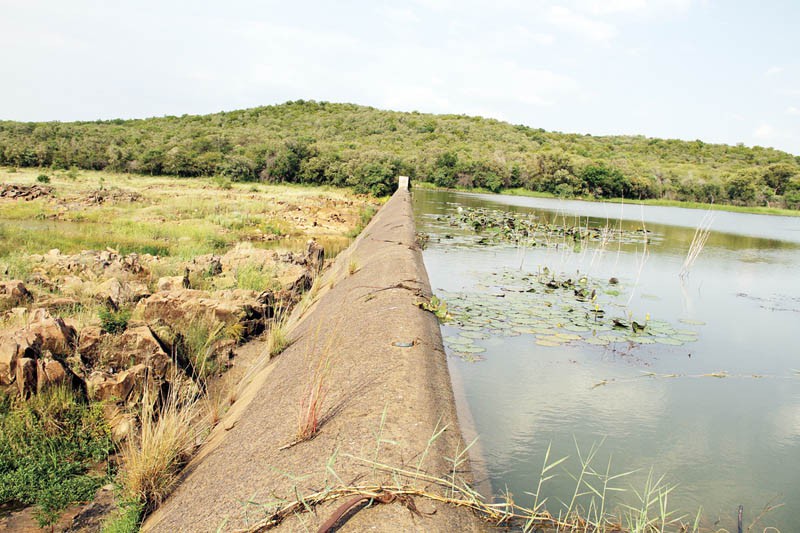Scramble as Gaborone Dam reaches mud level
Mbongeni Mguni | Tuesday January 27, 2015 17:44


The discovery has delayed the provision of 33 million litres a day to Greater Gaborone’s 500,000 residents.
The plan to add 10 new boreholes to the 22 at the Masama wellfields is a key part of the short-term plans to provide for the failure of Gaborone Dam. Minerals, Energy and Water Resources minister, Kitso Mokaila told Mmegi that crews arriving at the aquifer last year had made the disappointing discovery.
“The plan was to have Masama up and running by December, but the original boreholes that were there were found to have collapsed,” he said in an interview.
“We had to re-drill all 22, but we expect to be done with all the boreholes at Masama by June.”
The minister revealed that for the 2015/16 financial year starting on April 1, a decision has been made to explore the aquifer in the western parts of Masama, which could yield another 30 million litres per day. “It (development) should not take long; maybe a year once funding comes through,” Mokaila said.
Another niggle at the Ramotswa wellfield is being rectified through the installation of a reverse osmosis plant to deal with the nitrate contamination affecting half the boreholes there.
Mokaila said once done, the Ramotswa boreholes would contribute eight million litres per day to the Greater Gaborone area.
In the short term, the minister said Greater Gaborone’s 500,000 residents would be served through the reinforced North South Carrier, providing 60 million litres of water per day, the increased levels at Bokaa Dam yielding 28 million litres per annum and supplies from Molatedi Dam in South Africa at 20 million.
Nnywane Dam is supplying 2.3 million litres per day, while the Ramotswa boreholes are contributing four million. Ordinarily, the Greater Gaborone region consumes 125 million litres of water a day, but the figure declines to 110 million under rationing.
The present supplies indicate a marginal surplus of four million litres per day under the rationing model.
